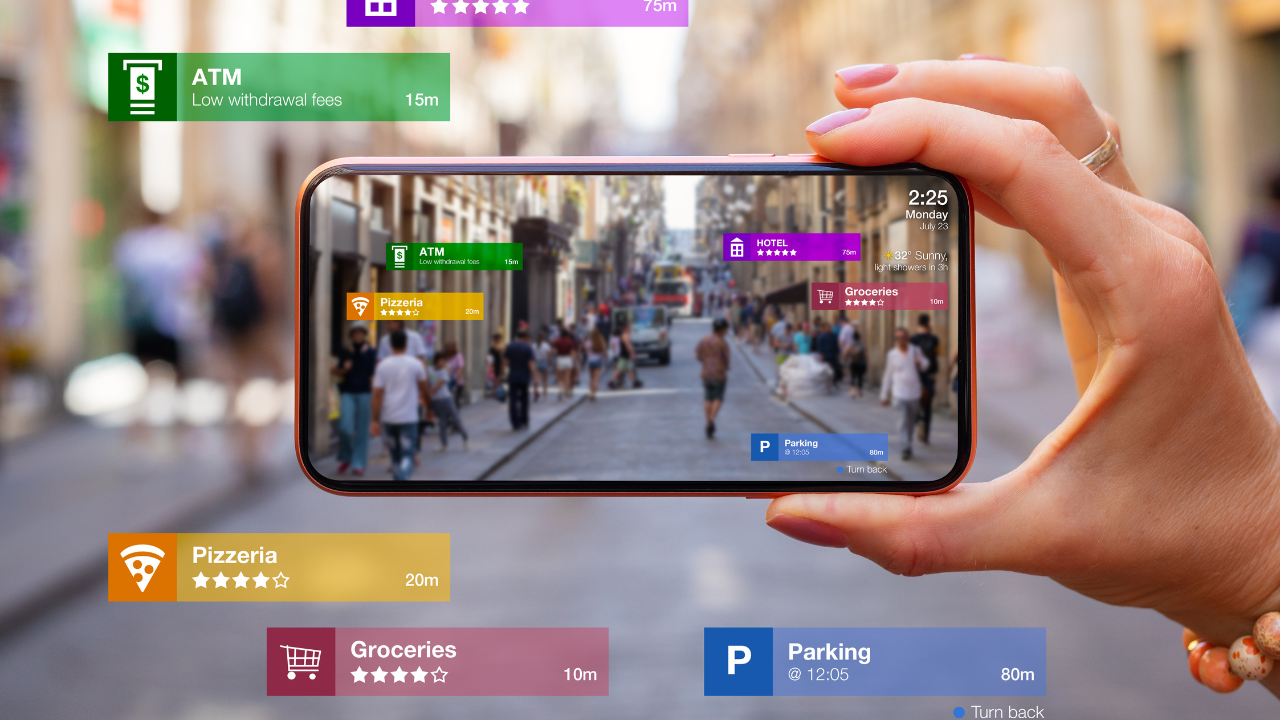Tech
From Geofencing to Beacons: Unraveling the Technologies of Location-Based Advertising

From Geofencing to Beacons: Unraveling the Technologies of Location-Based Advertising
In today’s digitally connected world, businesses are constantly seeking innovative ways to engage with their target audience. One of the most effective strategies that have emerged in recent years is location-based advertising. By leveraging geolocation technologies, marketers can deliver highly targeted and relevant messages to consumers based on their physical location.
In this blog post, we will delve into the fascinating world of location-based marketing, exploring the technologies behind it, including geofencing and beacons, and understanding how they are transforming the advertising landscape.
Understanding Location-Based Marketing:
Location-based marketing, also known as geo-based marketing, is a strategy that enables businesses to deliver personalized advertisements or messages to individuals based on their geographic location. This approach leverages the capabilities of mobile devices, such as smartphones and tablets, to track and identify the user’s whereabouts. By gathering this information, businesses can tailor their marketing efforts to a specific geographic area or even target users when they are close to their physical stores or establishments.
Geofencing: Drawing Digital Boundaries:
Geofencing is a technological innovation that empowers businesses to establish digital boundaries or perimeters around particular physical locations. These boundaries can be as small as a single store or as large as an entire city. Once a geofence is established, marketers can trigger location-based advertisements or notifications to mobile users when they enter or exit the defined area. Geofencing can be particularly useful for businesses looking to drive foot traffic to their physical stores, as they can send enticing offers or promotions to potential customers in the vicinity.
Beacon Technology: Navigating the Proximity Advertising:
Beacon technology works hand-in-hand with location-based marketing by utilizing small, wireless devices called beacons. These devices emit Bluetooth signals that are picked up by nearby mobile devices. When a user’s device comes within range of a beacon, it can trigger location-specific notifications or messages on the user’s smartphone. Beacons are commonly deployed in physical stores, museums, airports, and other venues to enhance the customer experience by providing personalized recommendations, offers, or information.
Benefits and Opportunities of Location-Based Advertising:
Location-based advertising offers the following benefits:
(i). Enhanced Personalization
Location-based marketing allows businesses to deliver hyper-targeted messages to consumers based on their current location. This personalized approach enhances engagement and increases the chances of conversion.
(ii). Increased Foot Traffic
Geofencing and beacon technology can be utilized to entice potential customers to visit physical stores by sending them timely and relevant offers when they are nearby.
(iii). Improved Customer Experience
Beacons enable businesses to deliver contextual and location-specific information, enhancing the overall customer experience. For instance, a museum can provide detailed information about a specific exhibit when visitors are in its vicinity.
Conclusion
Location-based marketing and geo-based marketing have emerged as powerful tools for businesses to connect with their target audience in a more targeted and personalized manner. The technologies of geofencing and beacons have revolutionized the advertising landscape, allowing businesses to deliver highly relevant messages to consumers based on their physical location. By leveraging these technologies effectively, companies can enhance engagement, increase foot traffic to physical stores, and provide a tailored customer experience. As location-based advertising continues to evolve, it is expected to play an even more significant role in the future of marketing.
-
Blog1 year ago
MyCSULB: Login to CSULB Student and Employee Portal – MyCSULB 2023
-
Android App3 years ago
Cqatest App What is It
-
Android1 year ago
What Is content://com.android.browser.home/ All About in 2023? Set Up content com android browser home
-
Software2 years ago
A Guide For Better Cybersecurity & Data Protection For Your Devices
-
Latest News2 years ago
Soap2day Similar Sites And Alternatives To Watch Free Movies
-
Android2 years ago
What is OMACP And How To Remove It? Easy Guide OMACP 2022
-
Android3 years ago
What is org.codeaurora.snapcam?
-
Business2 years ago
Know Your Business (KYB) Process – Critical Component For Partnerships





















